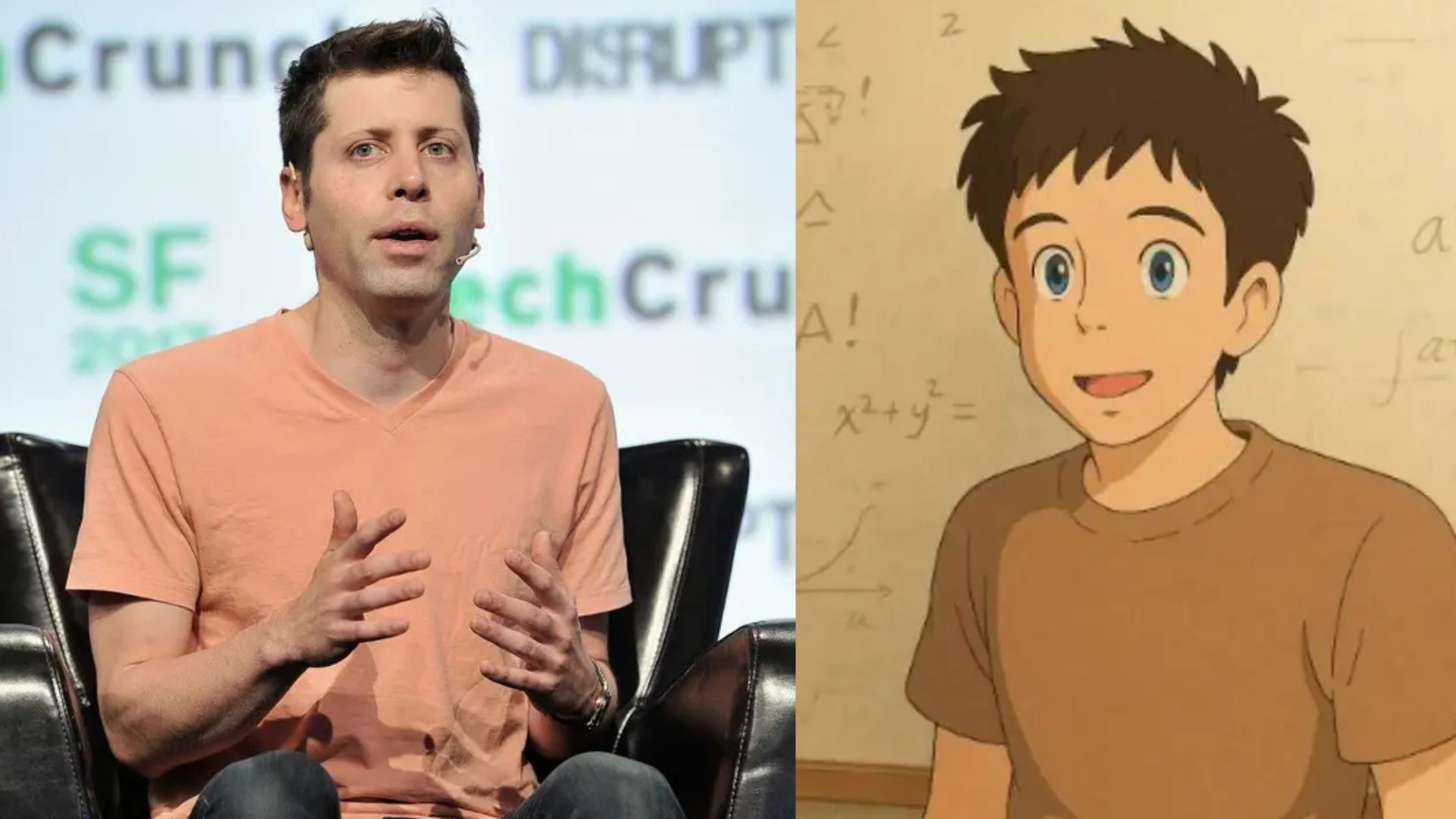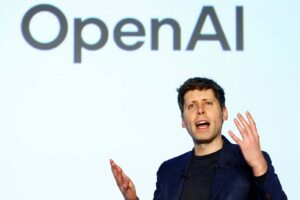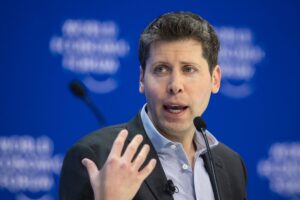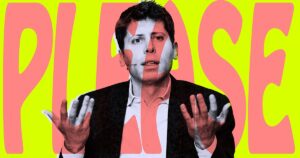AI Ghibli Art Surge Overwhelms OpenAI GPUs, Altman Advises Users to Stay Calm

CEO Sam Altman has humorously pointed out that the demand for the company’s GPUs is so high that they are literally “melting.”
But what exactly is going on behind the scenes at OpenAI, and why is the surge in AI-generated art creating such heavy demands on computing resources?
AI-Created Ghibli-Style Art Captivates Audiences
OpenAI’s image generation tool has quickly become a hit, enabling users to produce stunning artwork inspired by the beloved Ghibli animation style using just text prompts. This innovative feature has allowed many individuals to reimagine a variety of subjects, from historical events to popular pop culture figures, all within this enchanting anime aesthetic.
The nostalgia and emotional richness linked to Studio Ghibli films make this AI-generated art particularly captivating. Users are drawn to the dreamy visuals, lush landscapes, and expressive characters reminiscent of iconic films like Spirited Away and My Neighbor Totoro. The AI’s knack for accurately replicating this style has led to an explosive rise in its use.
Despite the excitement and creativity this brings, the increased demand is significantly straining OpenAI’s computing infrastructure.
The Pressure on GPUs: Why Are They Overwhelmed?
The term “melting GPUs” may sound dramatic, yet it effectively expresses the challenges OpenAI faces due to the soaring demand for their services.
What Goes Into Generating AI Images?
Creating AI-generated images, such as Ghibli-style artworks, is a compute-intensive task. Unlike conventional image editing, AI models must delve into vast datasets, utilize complex artistic methods, and meticulously render a multitude of details—often down to the pixel level.
Every single request to create an AI-generated image initiates billions of calculations across specialized processing units known as GPUs (Graphics Processing Units). Unlike CPUs, which tackle a variety of computing tasks, GPUs excel at handling parallel processing, making them particularly suited for AI operations.
High Computational Demand
The complexity of AI-generated art demands a significant amount of computational power. Several factors contribute to this:
- Detail and Complexity: Ghibli-inspired art often includes intricate designs and textures that require substantial processing capabilities.
- Data Input: Large datasets are needed to train AI models, which must analyze and comprehend various art styles effectively.
- Real-time Processing: The need for quick image generation necessitates efficient and powerful GPU usage.
As a result, during peak times, the infrastructure can experience overwhelming demand, leading to performance bottlenecks. OpenAI must navigate this precarious balance between fulfilling users’ requests and maintaining operational stability.
Future Implications
This ongoing situation raises important questions about the future of AI art generation. As users continue to embrace AI tools for creativity, companies like OpenAI may need to invest in more robust computing infrastructure or explore innovative solutions to manage demand effectively.
The growth of AI-generated art not only reflects technological advancement but also highlights a shift in how we create and engage with art in the digital age. By understanding these dynamics, we can better appreciate the complexities involved in AI-driven creativity and the resources required to sustain it.





